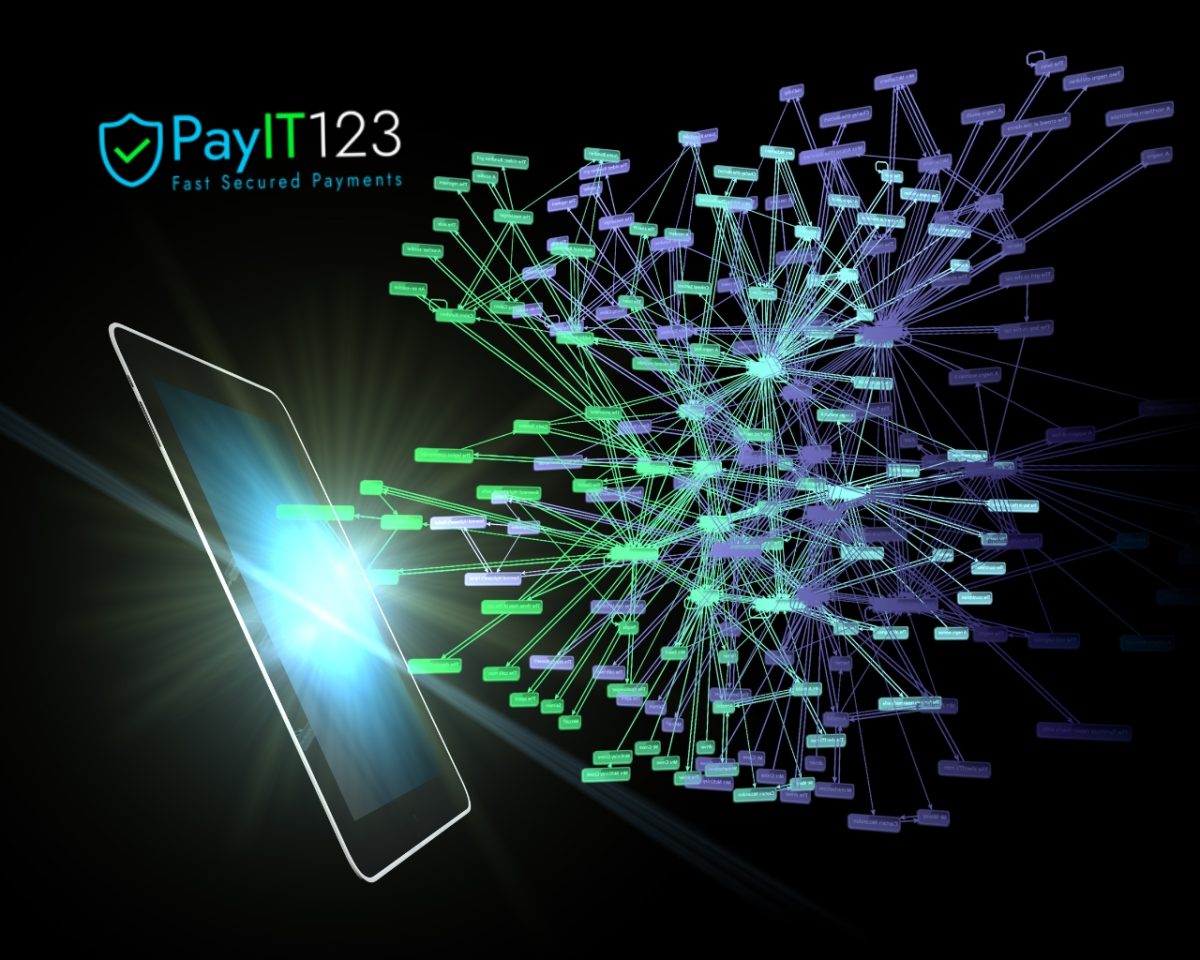Introduction
This blog explores the evolution of payment methods, from physical cash to credit and debit cards, and now to digital wallets, highlighting the convenience and security benefits for consumers and businesses.
Birth of Credit and Debit Cards
The journey began in the mid-20th century with the introduction of credit cards. These cards, initially issued as charge cards by individual stores or for specific purposes, evolved into bank-issued credit and debit cards. They became popular due to their convenience, allowing consumers to carry less cash and, later, to withdraw money from ATMs.
Advancements in Security Features
Physical cards with security features like magnetic strips and EMV chips, introduced in the 1990s, significantly reduced fraud risk. The EMV chip created a dynamic transaction code, making it nearly impossible to replicate fraudulently.
Transition to Digital: The Rise of Digital Wallets
Introduction of Digital Wallets
The late 2000s and early 2010s marked the beginning of digital wallet services, such as Apple Pay, Google Wallet (now Google Pay), and Samsung Pay. These platforms allowed users to store multiple card details securely on their phones, tablets, or even smartwatches, facilitating easy and fast transactions with a simple tap or scan.
How Digital Wallets Work
Digital wallets use a technology called Near Field Communication (NFC) to communicate with payment terminals. When a consumer makes a transaction, the digital wallet provides a tokenized version of the credit or debit card information. This tokenization process enhances security by ensuring that the actual card details are never exposed during the transaction.
Benefits of Digital Wallets
Enhanced Security
Digital wallets offer advanced security features that go beyond those of physical cards. Besides tokenization, these platforms require authentication (such as a PIN, fingerprint, or facial recognition) to access the payment tool, adding an extra layer of security.
Greater Convenience
Digital wallets can store multiple types of payment cards, loyalty cards, and even tickets in one place. This consolidation simplifies the consumer experience, allowing for quicker transactions and less physical clutter.
Eco-friendly Options
Moving to digital formats reduces the need for plastic and the environmental impact associated with manufacturing and disposing of physical cards.
Challenges and Considerations
Technological Barriers
While digital wallets are convenient, they rely on the availability of compatible technology, both from the user’s and the merchant’s perspectives. Not all merchants accept digital wallet payments, though this is rapidly changing.
Privacy Concerns
The shift to digital raises concerns about privacy and data security. Users must trust wallet providers to protect their sensitive information and manage it responsibly.
Digital Divide
There’s also the issue of the digital divide; not everyone has access to the smartphones or devices needed to utilize digital wallets, potentially excluding some users from this new form of payment.
Conclusion
The shift from physical cards to digital wallets signifies a significant shift in transaction methods, reflecting technological advancements and changing consumer expectations for convenience and security.
#DigitalWallets #PaymentTechnology #FinancialInnovation #MobilePayments #TechTrends #FinancialSecurity #ContactlessPayments










